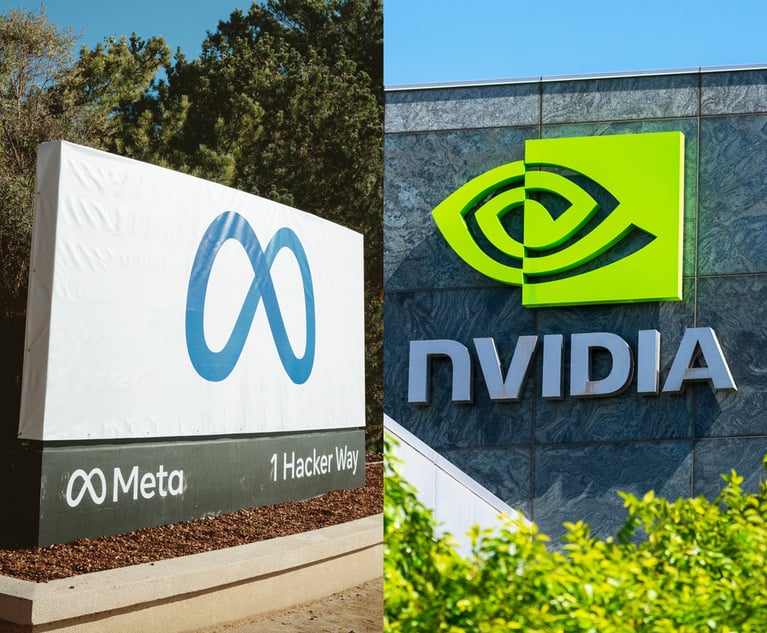The United States Government Accountability Office (GAO), a Congressional watchdog agency, has published a report on the legal framework for using blockchain in finance that it finished in June.
Reps. Maxine Waters and Stephen Lynch, the chair and ranking member of the House Financial Services Committee, respectively, sought the 77-page report before the midterm elections. Unsurprisingly, the research concluded that further regulation was required. The organization provides a methodology for assessing regulatory reform ideas created in 2009.
US GAO seeks further crypto regulation
The released report cited stablecoins and crypto asset trading platforms as unregulated products. Still, it focused on the policies and practices of regulators rather than delving into debates over the definition of securities or other “turf war” concerns.
Congress might reduce threats to financial stability and better guarantee that platform users are protected by establishing a federal regulator to offer complete federal regulation of spot markets for nonsecurity crypto assets, the report noted. It, therefore, pinpointed a regulatory gap centered on the spot markets for nonsecurity crypto assets.
According to the report, traditional assets in the category are subject to strict oversight. A small amount of regulation applies to crypto assets, such as from the Financial Crimes Enforcement Network of the Treasury and through state licensing of money transmitters.
The report notes that stablecoins require regulations regulating their reserves’ makeup, audits, disclosures, and redemption rights. It also highlights that the Securities and Exchange Commission and the Commodity Futures Trading Commission have a variety of regulations in place currently, and they don’t amount to consistent and thorough prudential regulation and monitoring.
According to the GAO, the degree of decentralization in finance can be regulated oppositely. When an ecosystem is decentralized, no single person can be recognized as being in charge of its development, administration, or governance and hence, its operations may cross several regulatory jurisdictions.
Need for improved regulatory coordination
The report went on to underlined the need for better coordination between regulators and market players’ complaints about the authorities’ sluggish reaction to market innovations. The report stated that the March 2022 Executive Order on Ensuring Responsible Development of Digital Assets assigned the Treasury’s Financial Stability Oversight Council the responsibility of leading an initiative to develop a consistent strategy for crypto asset oversight.
According to the report’s recommendations, the seven key regulatory agencies should jointly construct or modify an existing formal coordination structure to recognize risks posed by blockchain-related products and services and develop a prompt regulatory response.
While the others did neither concur nor disagree with such a conclusion, the National Credit Union Administration voiced agreement citing the need for more cooperation among the regulatory bodies. The GAO is the top auditor in the nation and although the century-old agency’s recommendations are not legally enforceable, they have significant moral weight even if they are not legally binding.
It is important to note that the GAO is in support that blockchain technology can potentially enhance several government procedures. The GAO earlier emphasized how blockchain integration inside the Small Business Administration (SBA) might bring significant benefits in a separate study provided in response to a legislative request. The SBA may eliminate ongoing delays in gathering and processing information from small firms using blockchain, potentially averting delays of up to 16 months between 2016 and 2021.
Meanwhile, policymakers will likely take the GAO’s suggestions seriously as the debate over blockchain regulation develops. The future of blockchain technology in the banking sector will depend on finding the proper balance between innovation and regulation.





